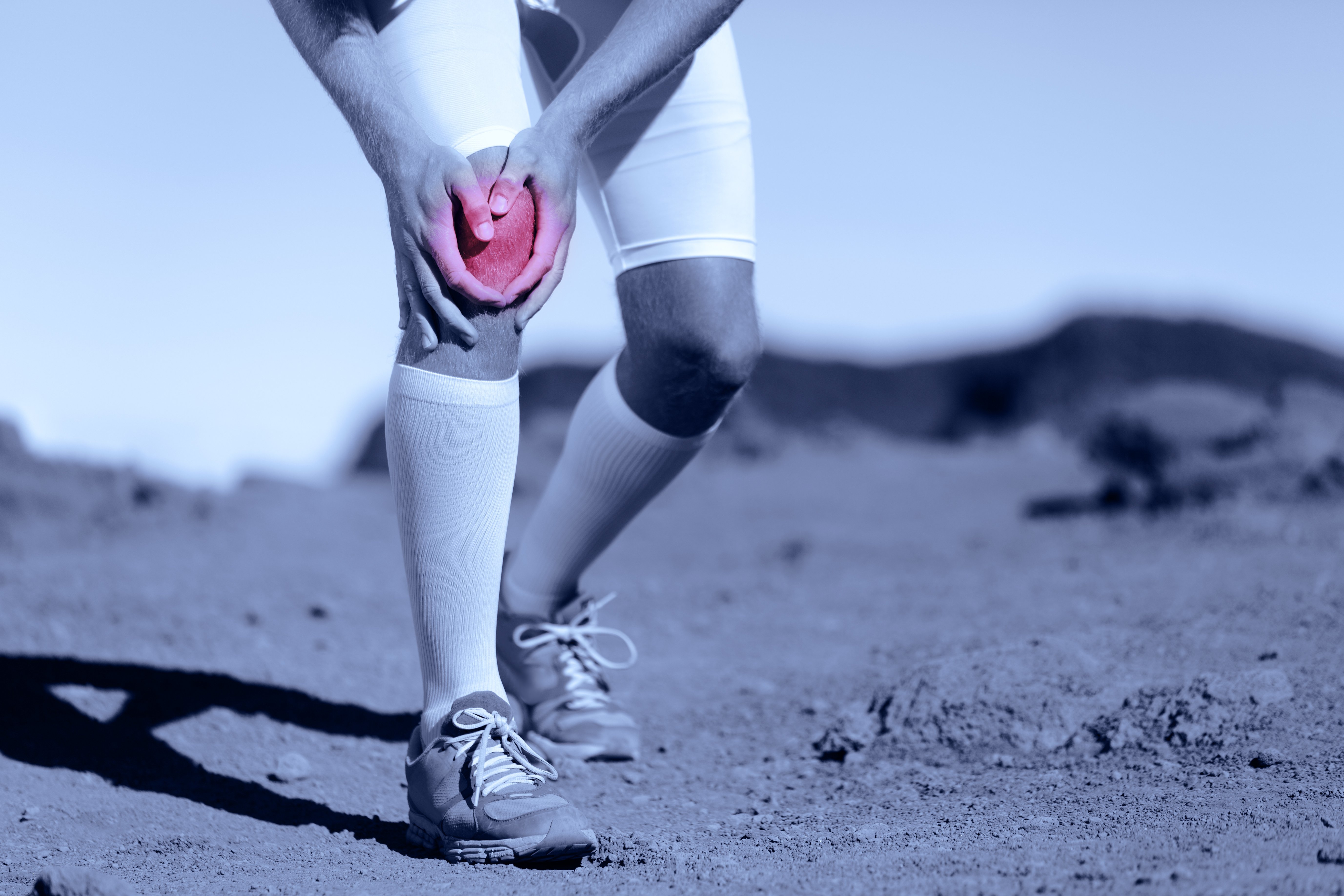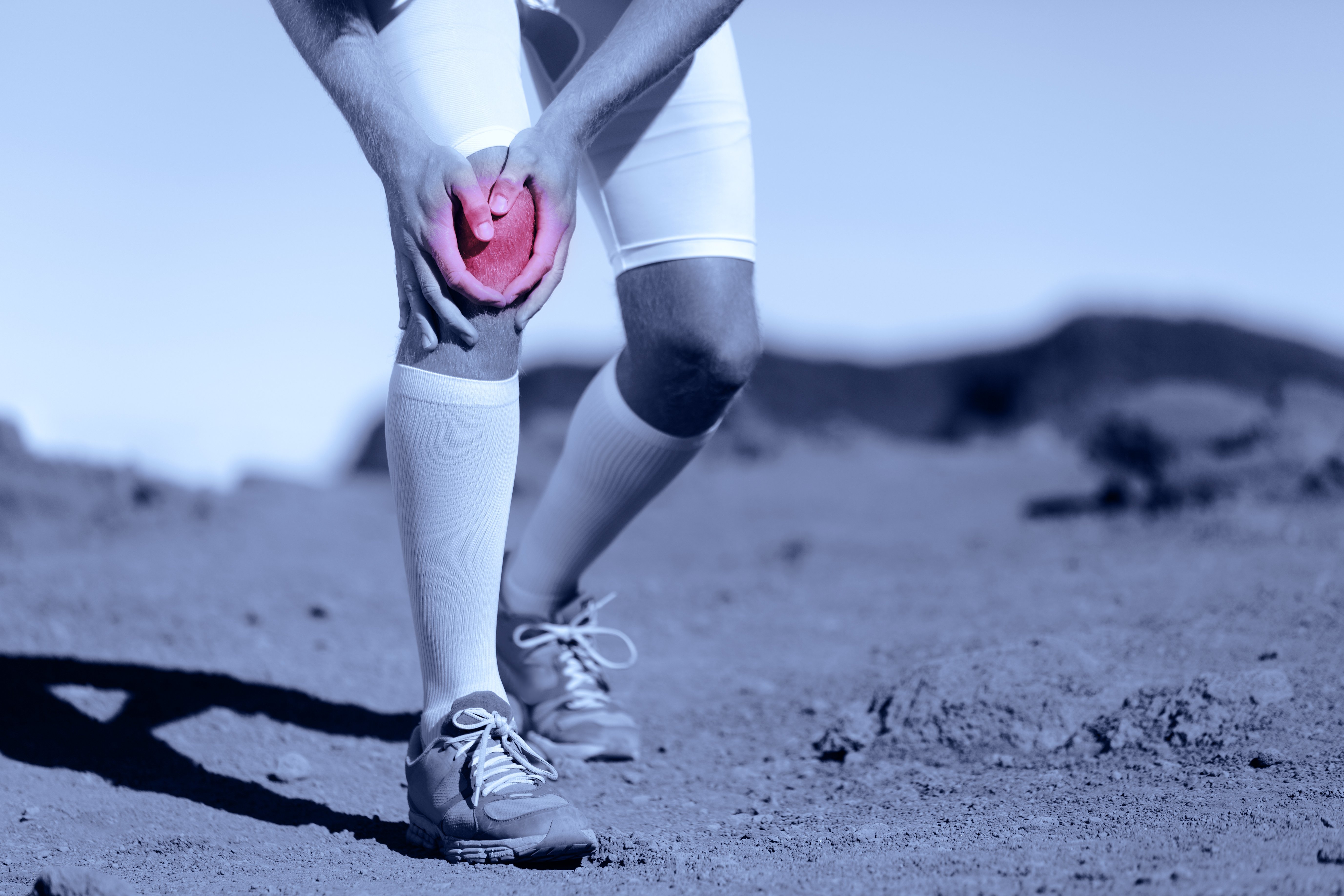Life-Changing Solutions: Uncover the Benefits of Physiotherapy for Runner's Knee

Life-Changing Solutions: Uncover the Benefits of Physiotherapy for Runner's Knee
Are you a runner that's been struggling with nagging knee pain? If so, it's time to make some changes in your life; physiotherapy may just be the key to unlocking positive outcomes. With our life-changing solutions, you can discover the wide range of benefits associated with physio for runner's knee and get back on track in no time!

Table of Contents
Runner's Knee and its Symptoms
Runner's knee is a condition that affects the knees of runners, as well as other athletes who engage in high-impact sports such as basketball and soccer. It is characterized by pain in the front and back of the knee due to overuse or incorrect technique. The main symptom of runner’s knee is a dull, aching pain around or behind the kneecap. It commonly occurs when running downhill or on uneven surfaces, when running longer distances, or after periods of inactivity (for example, when you’re just starting to get back into your sport).
Common causes of runner’s knee include muscle imbalances around the knee, incorrect movement patterns, tightness in certain muscle groups, overtraining, and incorrect footwear for your specific type of running. When muscles are weak or not flexible enough to absorb shock from running correctly, it can lead to runner’s knee.
If you experience any type of pain during activities such as running or jumping – especially if it persists after stopping activity – it is important to see a medical professional to determine whether you have runner's knee. Treatment usually involves rest and cross-training until symptoms subside. Depending on the severity and cause of the injury, you may need physical therapy to help build strength in the affected area. In some cases orthotics may be prescribed to correct biomechanical abnormalities associated with runner’s knee such as flat feet or pronation.
Overview of the Potential Causes of Runner's Knee Pain
Runner's knee pain is a common injury among runners and other athletes. It can be caused by a variety of factors, including incorrect running form or biomechanics, weak muscles in the legs, poor stretching habits, and overtraining. Incorrect running form or biomechanics refers to how a person runs—they might land too hard on their feet, run with their toes pointed outward instead of straight ahead, or take excessively long strides. Weak muscles in the legs could mean that the runner's quadriceps and hamstring muscles aren't strong enough to support their running stride. Poor stretching habits means not taking enough time to do dynamic stretches before running and cool-down stretches after running. Lastly, overtraining occurs when an individual does too much exercise with not enough rest days to recover between sessions. All of these potential causes of runner's knee pain can be managed through prevention methods such as proper-form training, strengthening exercises for weak muscles in the legs, regular stretching sessions before and after every run, and scheduling appropriate amounts of rest days into your routine.
Exploring the Benefits of Physiotherapy for Runners with Knee Pain
The benefits of physiotherapy for runners with knee pain are considerable and range from improved mobility to better overall health. Physiotherapists have a range of methods at their disposal, including targeted exercises that can help strengthen the muscles around the affected joint, reduce pain and swelling, improve flexibility, and even increase range of motion. They are also able to provide advice on how to alter running technique or activities to reduce the risk of further injury.
For example, specific exercises such as quadriceps strengthening exercises may be prescribed to reduce pressure on the knee joint and improve alignment. Deep tissue massage is often used to relax tight muscles in the thigh and calf areas, break down scar tissue caused by overuse injuries and generally increase circulation around the area which can help speed up healing time. Additionally, manual stretching techniques will also be used to promote mobility.
In addition to treatments such as exercise and massage, physiotherapists may also suggest lifestyle changes such as weight loss or using proprioceptive training techniques (which involve deliberately placing yourself into an unstable position so that your body learns how to correctly react). All these techniques combined aim to provide relief from pain while simultaneously helping you become more aware of your body’s movement patterns – an invaluable tool for any runner looking to take their performance up a notch!
Tips on How to Incorporate Physiotherapy into a Running Routine
Incorporating physiotherapy into a running routine is an excellent way to optimize performance, prevent injury, and ensure that any existing pain or discomfort is minimized. Physiotherapy is not just about treating an injury; it's also about providing the athlete with proper care and advice on how to best reach their running goals.
When incorporating physiotherapy into your running routine, it's important to first discuss your goals with your therapist. Your therapist can then assess your current running form and identify areas of improvement. This assessment often includes looking at how you land when striking the ground and how you propel yourself forward while running. Together with your therapist, you can create a plan that will help improve your overall technique while mitigating any existing pains or injuries.
Many athletes may benefit from specific exercises prescribed by their physiotherapist aimed at strengthening key muscles and increasing flexibility in order to improve their stride length and prevent injury. Exercises like plyometrics and dynamic stretching are particularly helpful for strengthening the calf muscles, quadriceps, hamstrings, glutes, hip flexors, etc., which are all important for achieving optimal performance in running. Your individualized program created by your physiotherapist should include both resistance training as well as core-strengthening exercises tailored to meet your specific needs depending on what kind of runner you are (marathoner vs sprinter).
Finally, if you’re already dealing with an injury or any existing pain while running, it’s important to be open and honest with your physiotherapist so they can properly diagnose the issue and create a plan tailored specifically for you. Certain treatments such as cold laser therapy, massage therapy and joint mobilization might be recommended in order to reduce inflammation or tension in certain muscle groups that could be affecting performance—in this case it’s best to trust the expertise of a professional physiotherapist who understands how best to treat these conditions.
In summary, incorporating physiotherapy into a running routine is an excellent way to optimize performance while preventing injury and reducing any pain or discomfort associated with running. Working closely with a qualified physiotherapist will help ensure you reach your goals safely by crafting a personalized plan targeting areas for improvement according to what type of runner you are (marathoner vs sprinter) as well as which treatments are most suitable for addressing any existing pain or injuries that might interfere with performance.
Conclusion
Physiotherapy is the practice of utilizing exercise, manual therapy, and other treatments to improve the physical health of a patient. For runners with knee pain, physiotherapy can be an effective form of treatment. Exercise therapy is commonly used to address knee pain in runners by restoring strength and flexibility. This may include stretching and strengthening exercises that target the muscles around the knee joint, such as the quadriceps, hamstrings, glutes, and hip abductors. Manual therapy can also help reduce pain and improve mobility in the knee joint. Techniques like soft tissue massage, joint mobilization and manipulation can help reduce muscle tension and improve range of motion in the area. Additionally, modalities like ultrasound or electrical stimulation can be used to help reduce swelling and pain in the affected area.
Overall, physiotherapy is an excellent choice for runners with knee pain as it can be tailored specifically to address their individual needs. However, it is important to remember that while physiotherapy can help alleviate symptoms associated with knee pain it cannot completely cure or prevent injury from occurring again. It’s important to speak with a qualified healthcare provider who specializes in running-related injuries before beginning a treatment plan so that you can tailor your treatment accordingly. With proper care and attention, runners with knee pain should find relief when using one or more forms of physiotherapy for their condition.
With runner's knee pain, physiotherapy is a key method to ensure that you can keep running without having to worry about the condition worsening. Even if you are currently not running, incorporating several exercises from your physiotherapist into your workout routine will help you build back up the strength in your knees and get back on the track. This is an excellent way for runners of all levels to stay active and recover faster from any knee discomfort they may encounter. To sum it up, if you're a runner who is experience symptoms of runner's knee, remember to consult your doctor and physiotherapist for personalized advice and tips on how best to address the pain.
FAQ
What is runner's knee?
Runner's knee, also known as patellofemoral pain syndrome, is a condition that affects the knees of runners and other athletes who engage in high-impact sports. It is characterized by pain in the front and back of the knee due to overuse or incorrect technique.
What are the common causes of runner's knee?
Common causes of runner’s knee include weak muscles around the kneecap, incorrect movement patterns, tightness in certain muscle groups, overtraining, and incorrect footwear for your specific type of running.
How can physiotherapy help with runner's knee?
Physiotherapy can help runners with knee pain by providing targeted exercises that can help strengthen the muscles around the affected joint, reduce pain and swelling, improve flexibility, and even increase range of motion. Additionally, physiotherapists can provide advice on how to alter running technique or activities to reduce the risk of further injury.
